On Mobile Phone Photography
I've often said that I dislike taking photos with a phone. It is both true and false. I take photos on the phone often. If not daily then at least once a week. But I don't consider those photos, "photos".
A photo isn't only a single capture of a moment. It also needs a bit of thought. A bit of "artistic" input. When I take "photos" with a phone they are only single moments of time. I don't think about the actual "photo taking process". I frame it so that what interests me is roughly in the frame and press the virtual shutter button. When I take photos with a camera, be it analog or digital, I think about what I want to capture. I think about how best to frame it. How to capture it in the fullest manner possible. Even if it's just documenting the life around me - I think on how best to show what I'm experiencing right now. I hope that I'm managing to write down the abstract difference I see between these two ways to capture moments of time. It makes perfect sense in my head but as I read what I write...it appears more muddy.
Before I go further I want to express that it's perfectly fine for other people to take photos with a phone. "Photos" that I myself consider photos! It's only me ( well - not only me in the whole world ) that takes pictures on phone and photos with a camera.
My History With Phone Photography
I haven't always had this mantra. Whilst my journey into photography didn't start with mobile phones, as it does to so many people today, I have used mobile phones for "artistic" reasons.
The first phone that I remember using to take photos with was Sony Ericsson G502. It's what you would call a feature phone these days. It had a camera. A crazy 2mpix camera that could capture moments in time in a way that didn't look like complete garbage. At the time I didn't have a digital camera so G502 was my digital camera. I remember taking it on my first trip to a country that's not a neighbouring country. And I remember taking photos when walking around. Photos were post processed in Photoshop ( a copy that might or might not have been fully legal ). Some photos were also processed in other weird applications that applied various "analog" effects. Even back then you could improve any photo by smashing a random filter on top of it.

The power of G502. When looked on a small screen the photo doesn't look that terrible. I'm sure the nice scene helps though.

More abstract photos require less from a camera. A feature phone camera will do just fine.
My next "photo phone" was the iPhone 3G. Almost everyone knows about the iPhone today. You might think that it had a pretty good camera back then as well. It wasn't bad...but it was still a very simple 2mpix camera. And it didn't have crazy ML processing to programmatically improve the crappy mobile quality photos. iPhone 3G was the first phone that really got me into taking photos on a phone. For a good few years I followed the newest phones to see which had the best camera and lusted over those. It's understandable. iPhone changed what we think about mobile phones. The many apps that were created in the beginning seemed unique and oh so interesting.
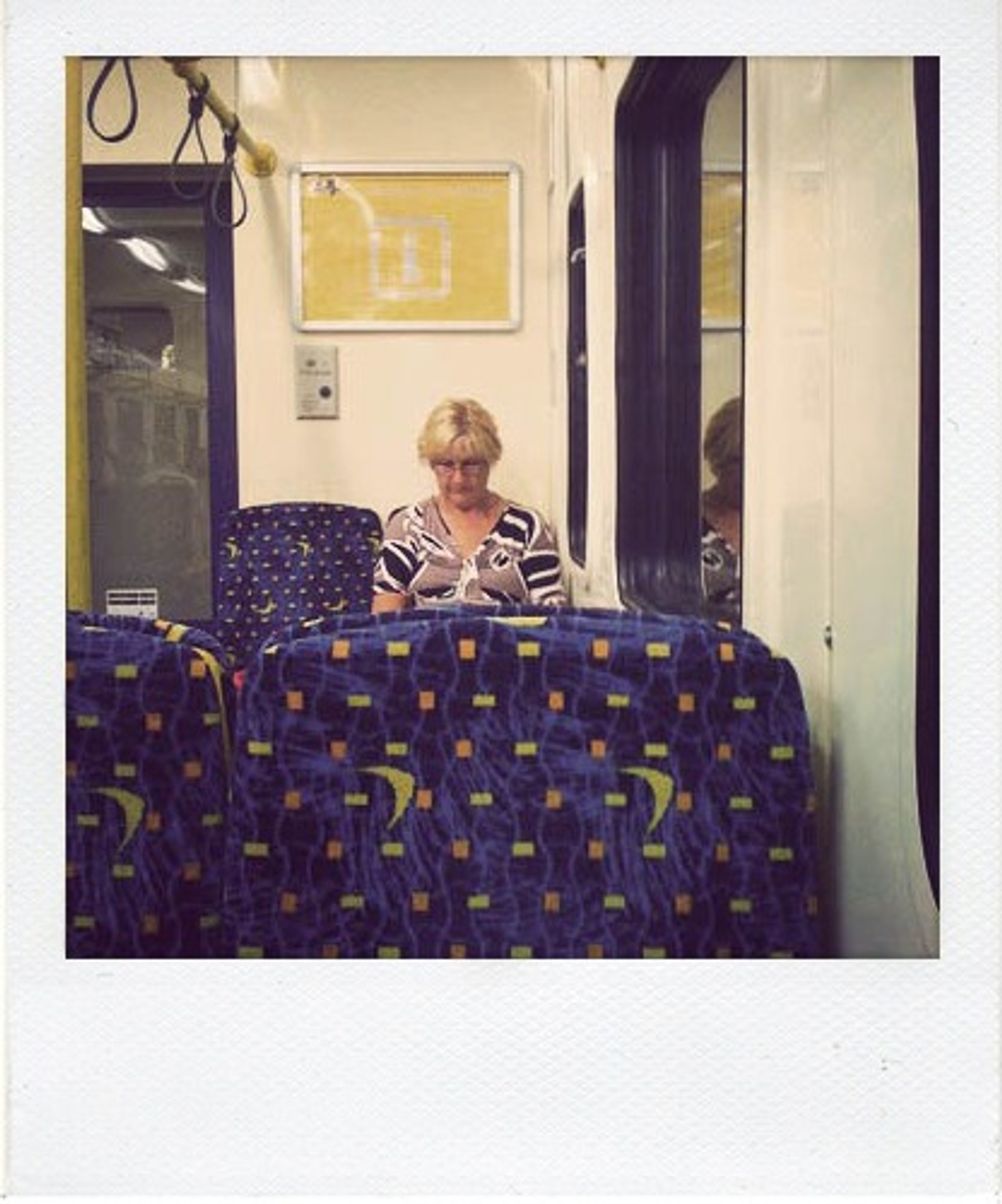
iPhone photos certainly went through many apps. 2mpix can go a long way if you're surrounding a picture with lots of white to make it look like a bad polaroid.
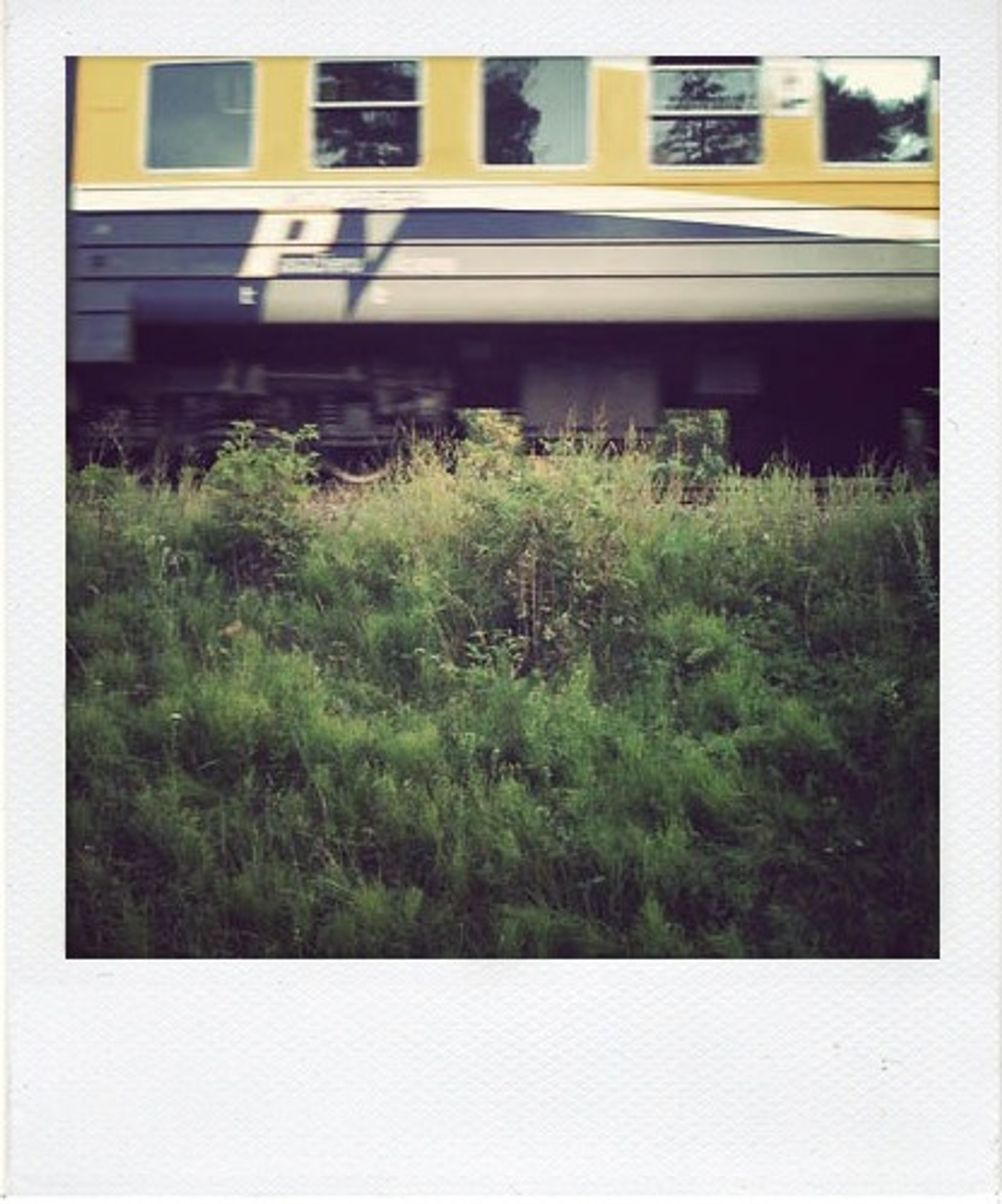
The final image size for these "polaroids" is tiny. At the time it seemed acceptable.

This was taken through an app called Quadcamera. You can see what was the unique feature for this app.

And when no apps did what you wanted you could always Photoshop the living soul out of any photo. It's kind of pleasing though.
My next phone after iPhone 3G was iPhone 4. The 5mpix camera seemed amazing at the time. I used it to take quite a lot of photos. I used many apps. Majority of which were with an analog twist. For example Hipstamatic.
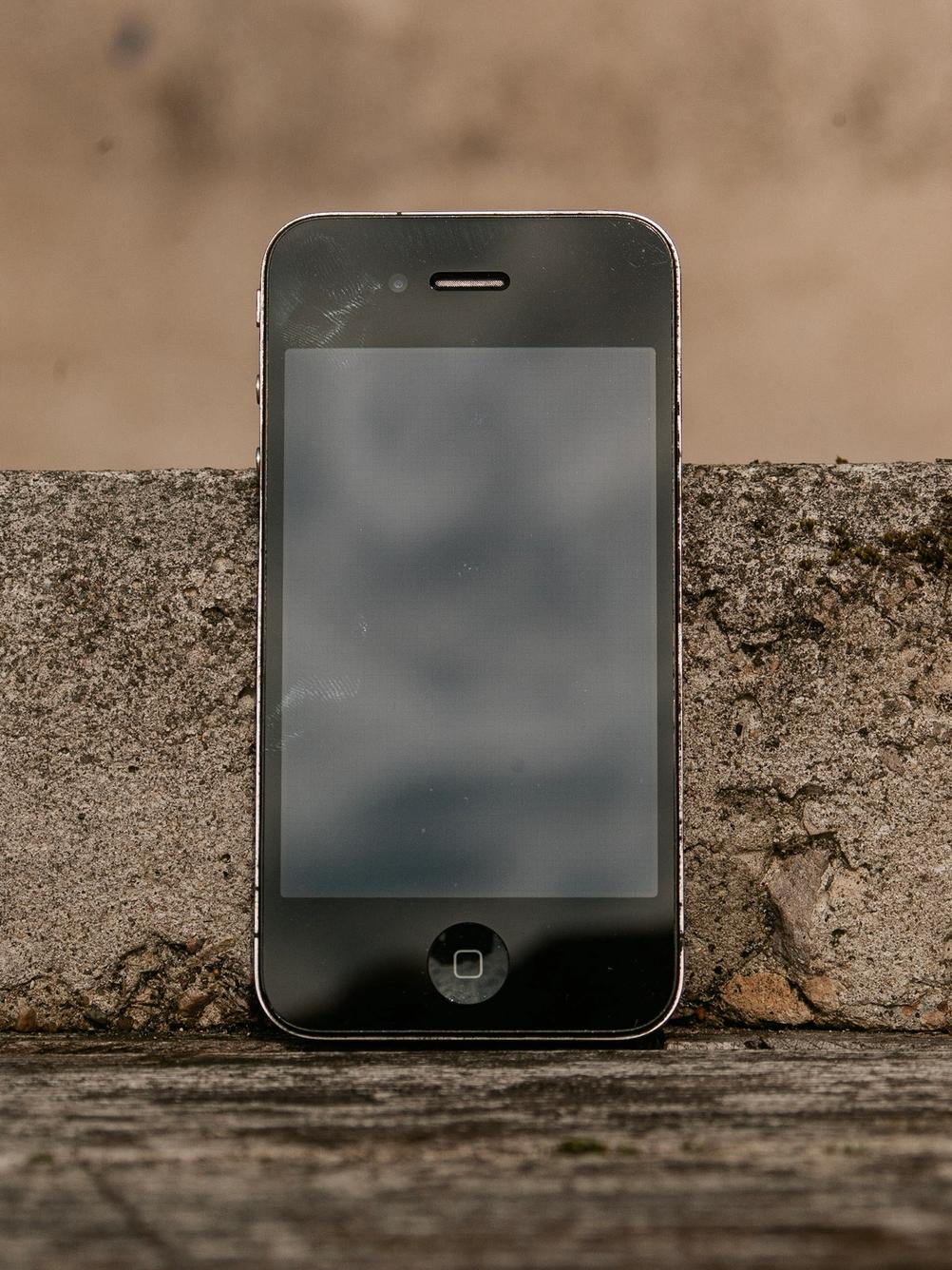
iPhone 4 is still a solid looking phone. Sure the screen doesn't take 100% of the space and there is a button, but it still feels nice in the hands.
Out of all the phones it's probably the one that feels in the hand the best. It has a very solid feeling ( more so than the newer iPhones ) and the buttons have a nice clicking feel to them.

This might be my all time favourite photo that I have taken with a mobile phone. I like the man in the air and the visible rain.
You can see the quality improving. No more 2mpix mess that's been through app purgatory. This was shot through a non-native camera app called Camera+. I don't think it did any processing though - just provided extra controls for manual setting configuration.
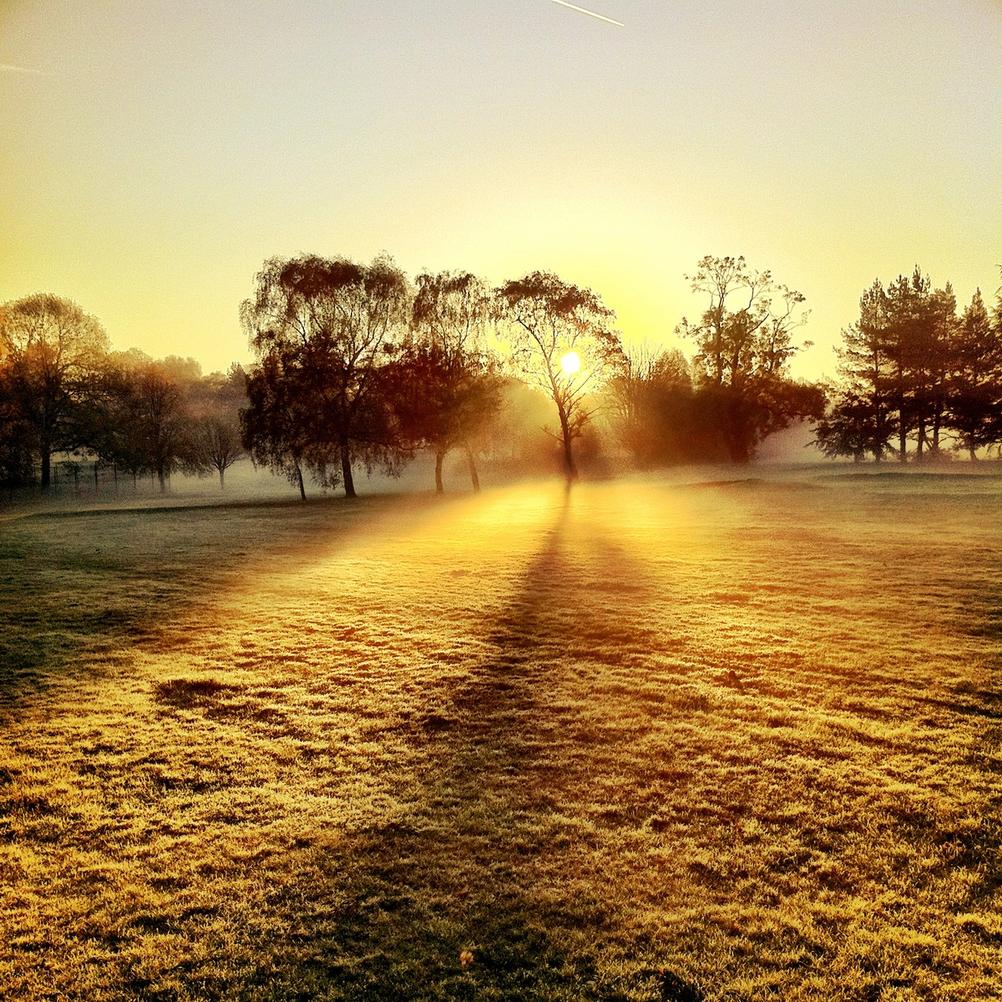
Carrying a phone is certainly more convenient than carrying a proper sized camera. That allows capturing good looking moments wherever you are.

If you have been on a plane and carried a phone - you probably have a photo like this as well.

iPhone means apps and apps mean stupid effects.
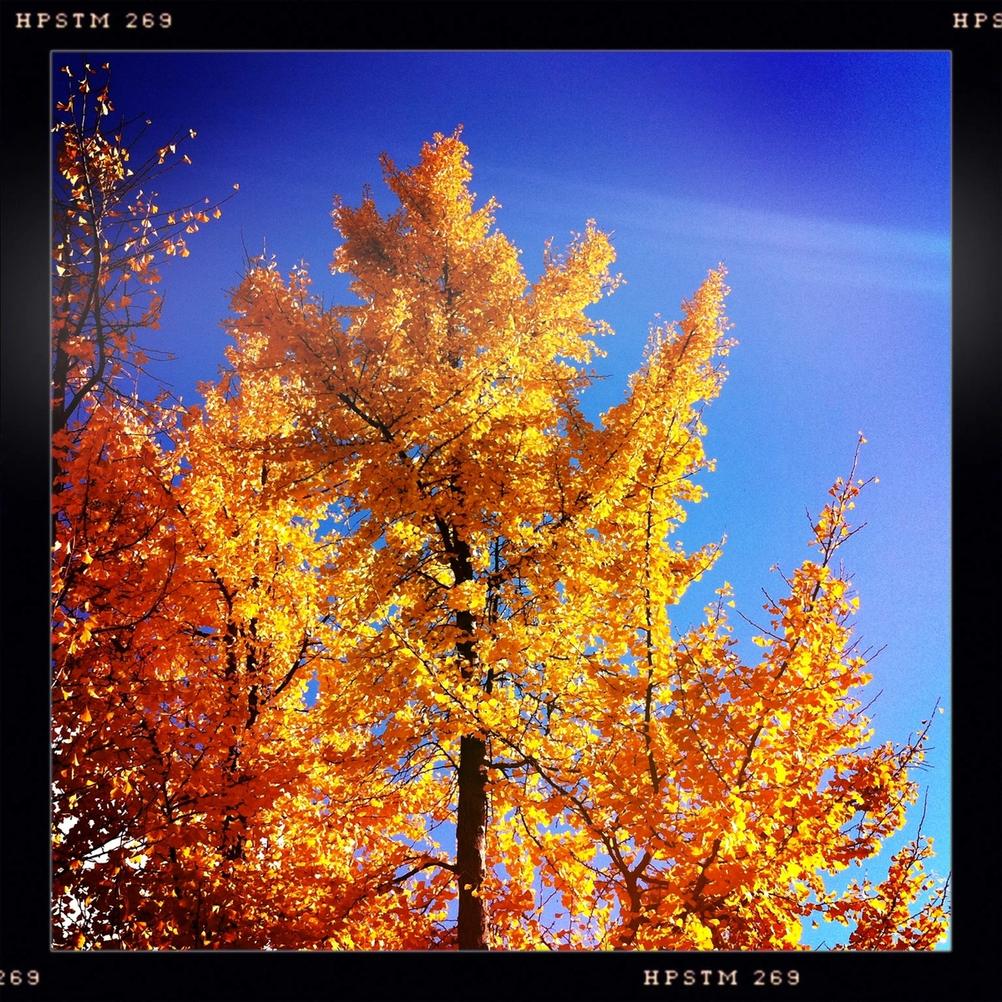
Surely you mistook this for a real medium format photo. Right? RIGHT?
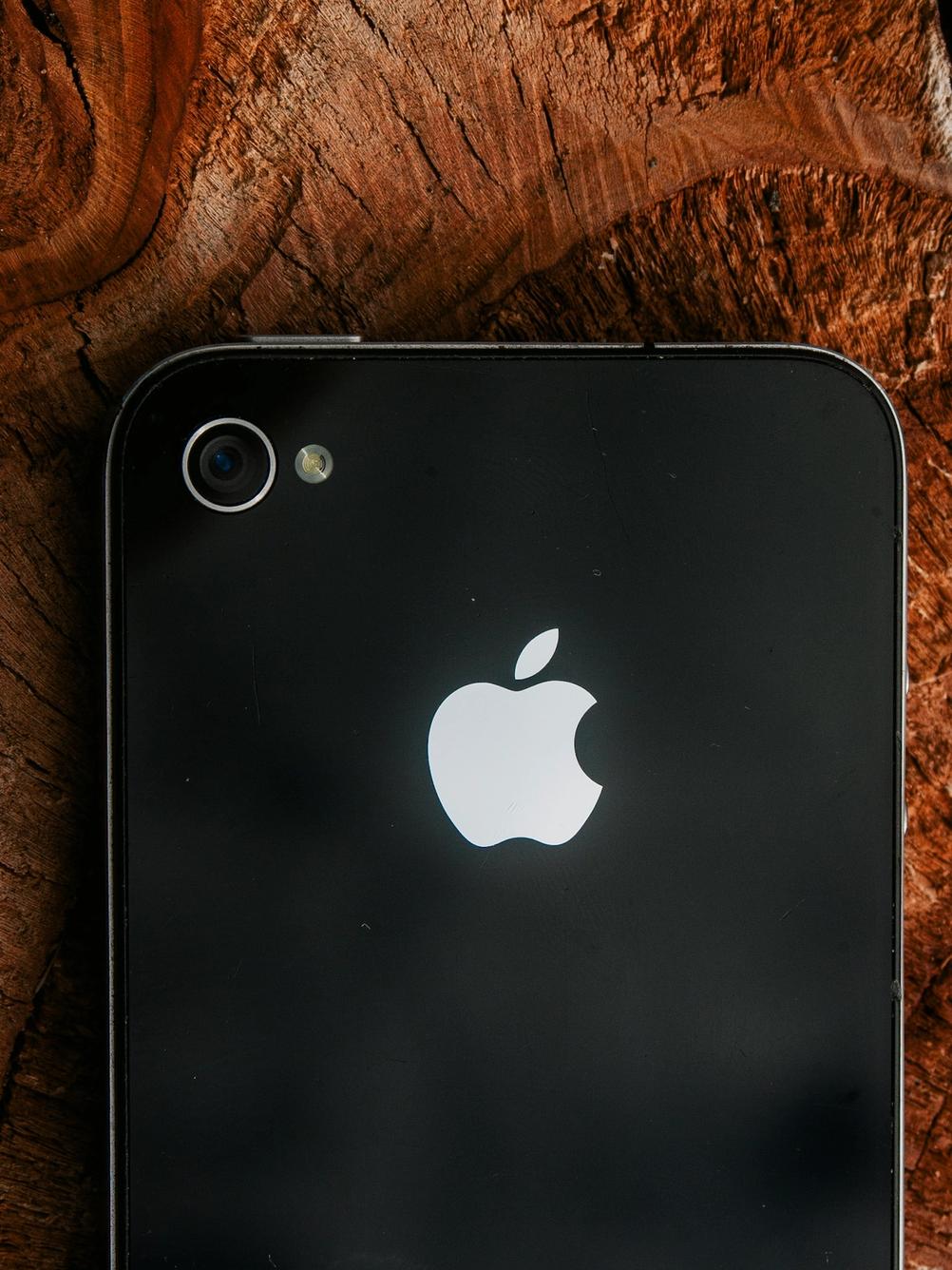
iPhone 4 camera. It's very tiny when compared to modern smartphones.
After iPhone 4 I moved to Android and my interest in taking photos on a phone started to dwindle. Some might say that it's because Android phones have worse quality cameras. That's not true, but even if it was, it would not bother me. I wasn't dictating my phone choice purely on the camera quality anymore.
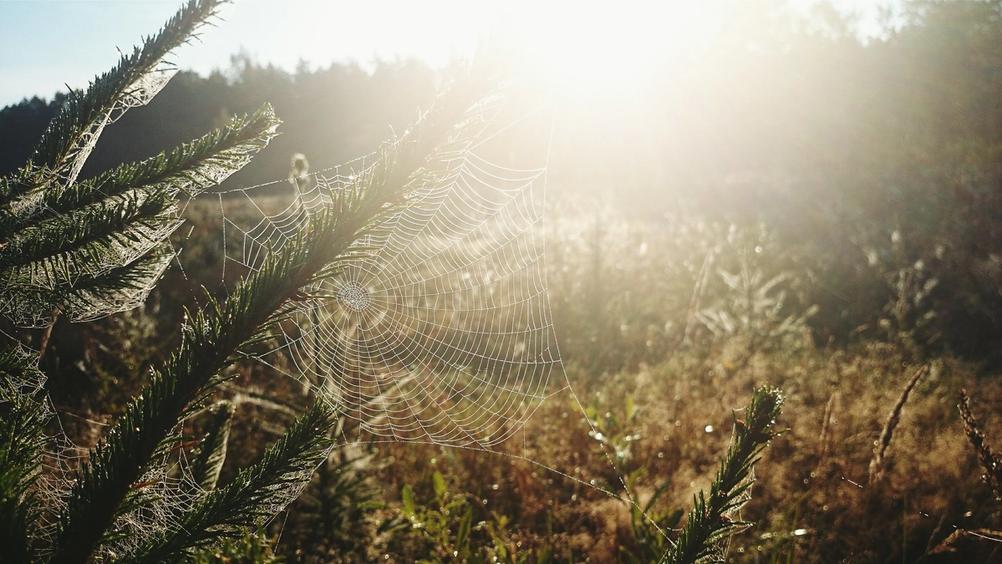
Sometimes mobile photos can surprise with their quality. This was taken with Sony Z2 and it doesn't look bad!

Sony Xperia Z2 has probably been my favourite mobile phone camera. It had decent quality photos without the stupid "modern" post processing.
And bokeh!

Sony Z2 photos do look good.
Today I'm using a 4 year old Samsung S8. It can produce pictures. They are fine for what I use them for. I have no plans to upgrade the phone before it breaks. And I won't base my decision on the quality of the camera. I have no interest in upgrading my phone yearly. It seems wasteful. Especially in a world that struggles with waste and its byproducts.
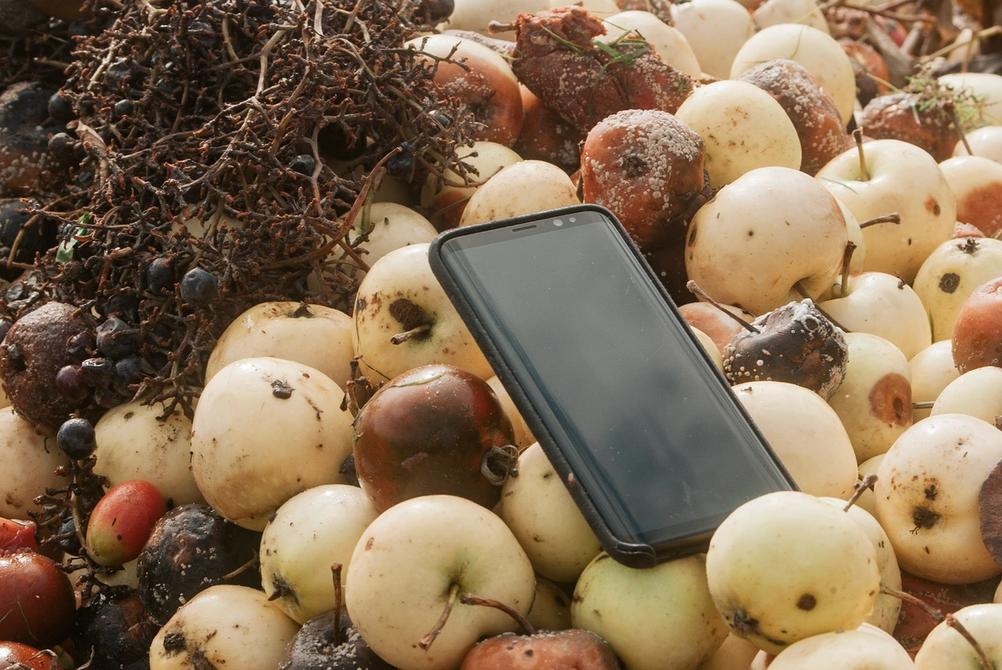
Samsung S8 in all its glory. Laying on a pile of rotting apples, grapes and tomatoes.
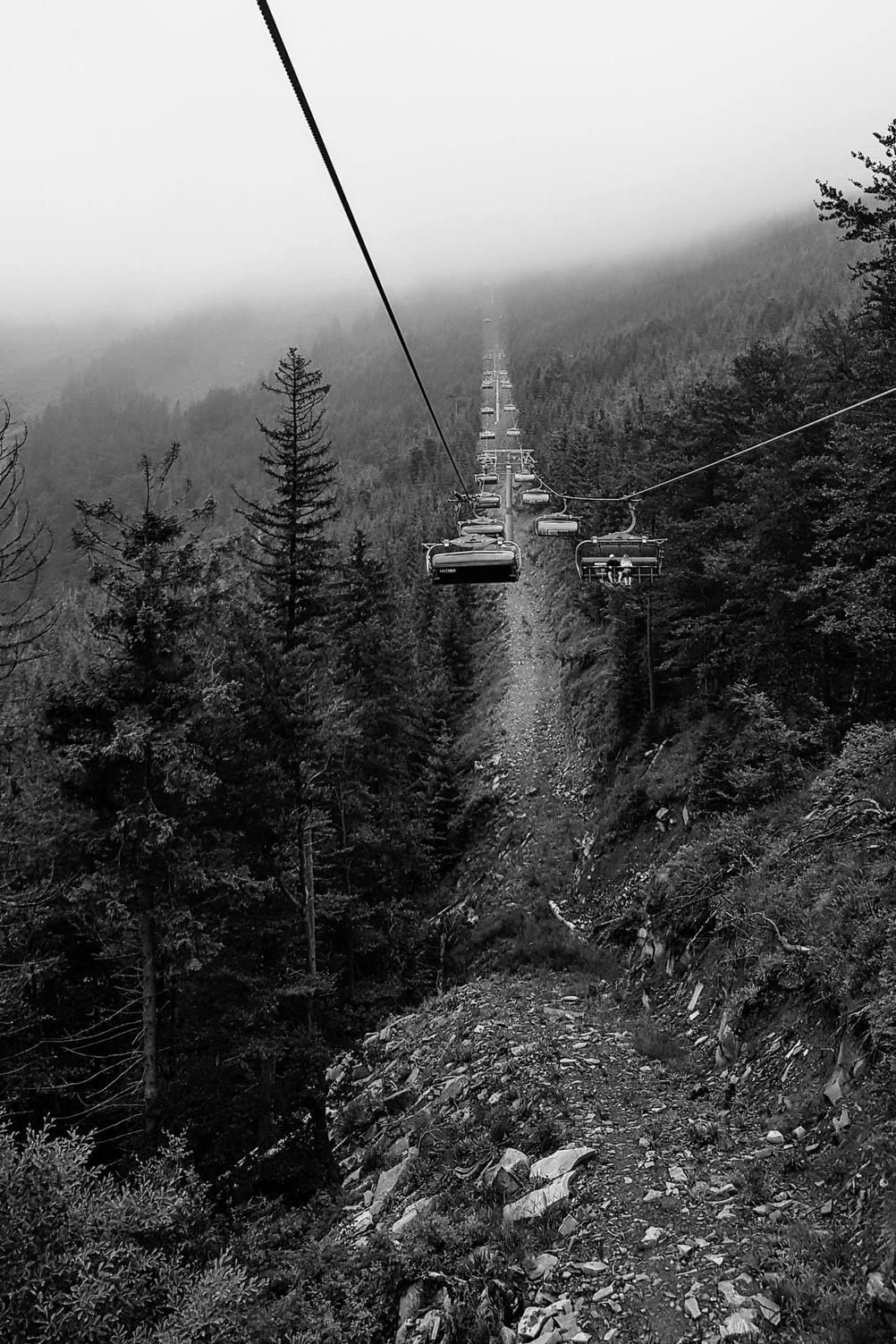
It wasn't easy finding photos to post from Samsung S8. I really haven't taken many "photos" with it. Just snapshots of things.
Here's one of the snapshots with me being on the ropes.
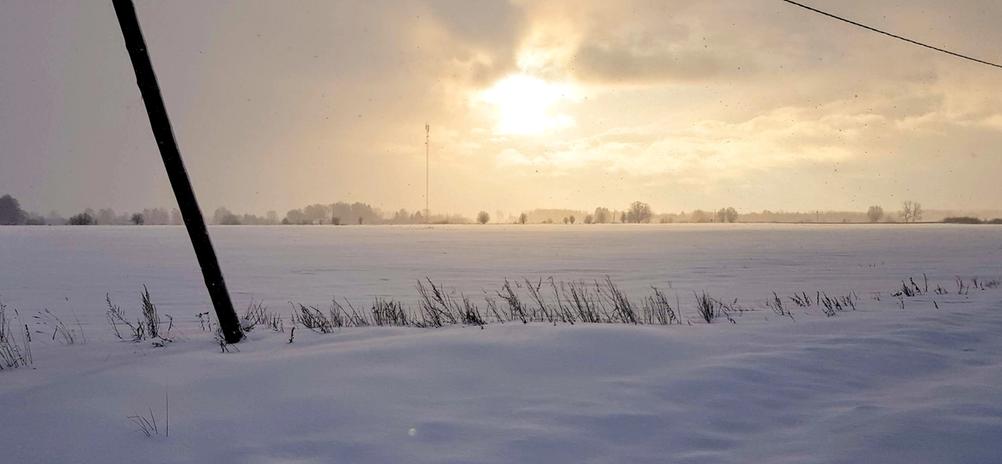
And here's another one which was taken whilst I was running ( still in motion ). In real life this scene seemed amazing. This picture here doesn't. Maybe I should start carrying large cameras with me whilst running.

Camera on S8 is still quite simple when compared to newest smartphones but it's definitely bigger than the camera on iPhone 4. It also has more things around it.
The one thing that I have always missed from phone photos is the one and only - bokeh. I'm a simple and shallow man. I need to blur backgrounds and foregrounds and pretty much everything in between. Phones with their tiny sensors have never shined in this department. These days you can ask your phone to blur the background in post-processing but it's still far from looking good. To get around this I used to point a phone camera through the viewfinder of an SLR. Phone acted like a digital back for an analog camera. Only more dreadful. But one has to admit that taking photos with your phone can often spark some unique creativity.

An amazing photo taken with iPhone4 that's looking through a viewfinder of a Zenith C that is looking through a lens of Industar-50 50mm f3.5.
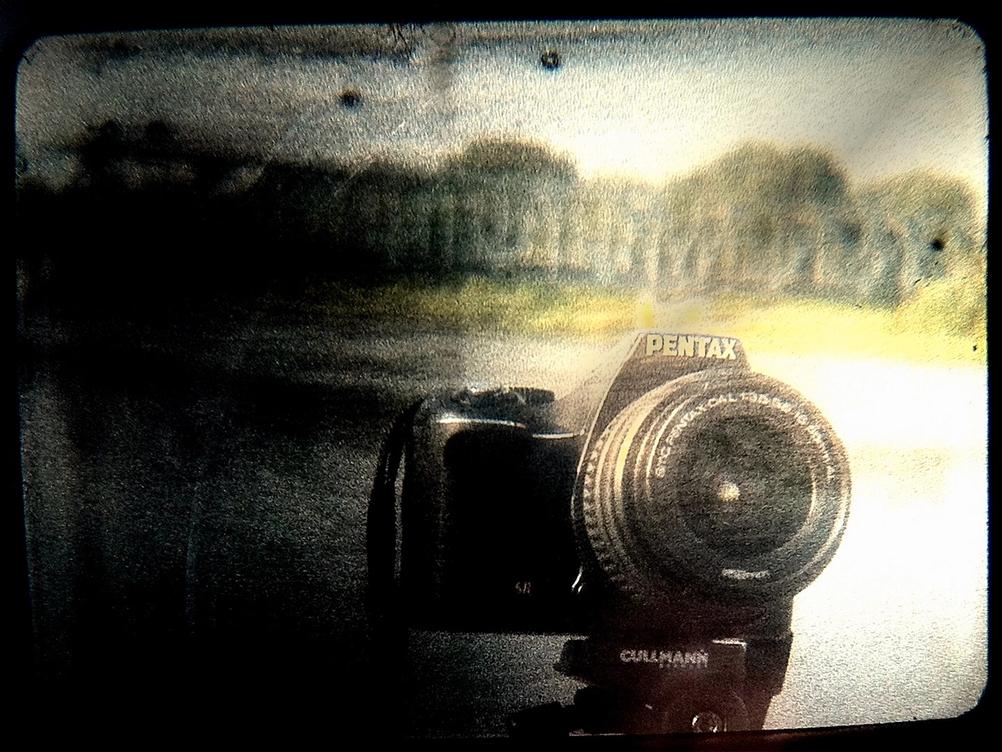
Have you ever seen such bokeh on an iPhone4? Same setup as before.
All thanks goes to Pentax.
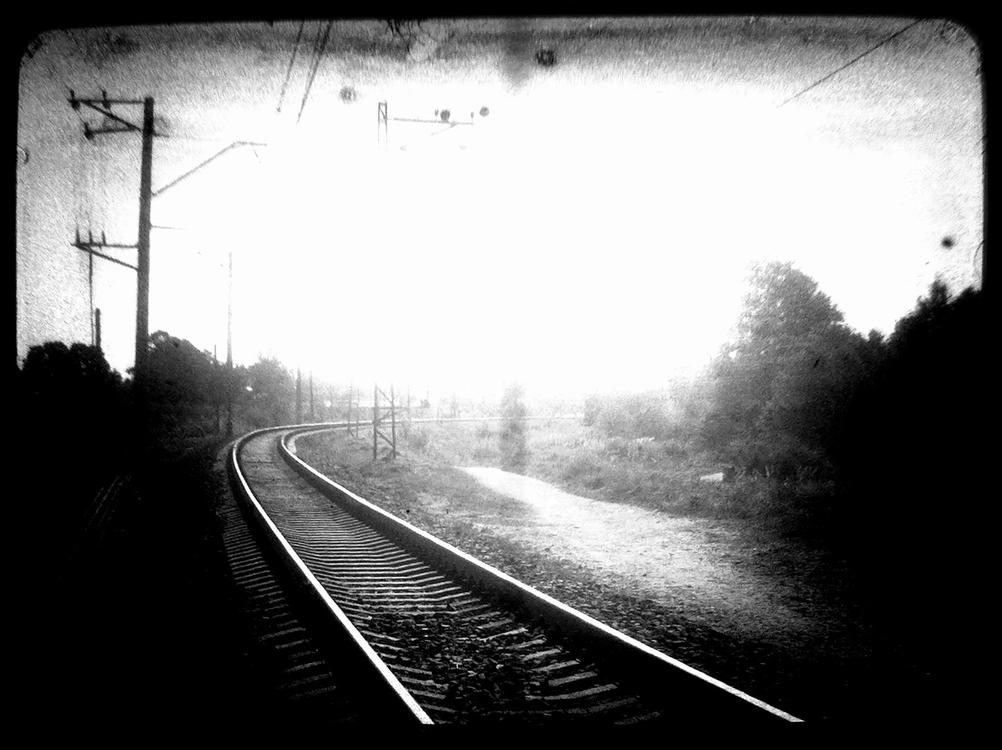
It's possible to make an interesting project out of this concept. This photo looks like a frame from an old 8mm movie.
Why Stop?
Over time I stopped using my phone to take photos. There's a combination of reasons why. They did not all at once but they are all valid for me today.
The Processed Look
In the olden times when megapixels were few and grass was green, the photos taken with a mobile phone had a lo-fi look. Especially after you ran them through dodgy software making it even more lo-fi. With every phone iteration the manufacturers made the cameras and the software handling them "better". And that "better" is worse for me.
One of the biggest things that grinds my mechanical gears is the insanely high dynamic range that makes everything look flat. It's like manufacturers are incentivised to not have any pure blacks or whites in the photos. Heavens forbid that the sky gets blown out, no bonuses for you this year! Is that shadow pure black? Get fired son! I know that our eyes have insane dynamic range so you could say that having that in our photos makes sense. But it doesn't look natural. At least for me. Film also has quite a high dynamic range but the way it transitions between dark and light looks smooth and pleasing. Mobile phones make it look computer generated.
And overall mobile phone photos look severely processed. Sharpening. Contrast. Saturation. Everything is bumped to levels above normal. You can get RAW files from many phones these days but I haven't played with them too much. It doesn't look that much better but I haven't tested it enough to tell for sure.
The Device Feel
Phones are not good photo cameras from a physical perspective. They don't feel good in the hands. They don't have any satisfying, physical controls. You get a glass slate. And maybe a shutter button that feels like mush. When I look at a good photo camera I want to take it in my hands and shoot some photos. Hell, even a bad photo camera makes me want to take it. When I look at a phone I get nothing. No emotion. No excitement.
Some people say that the device doesn't matter. It's the idea and the end result. Sure. But if I get no excitement from using the camera then I don't take photos. Simple as that. So the end result is nonexistent. There are people that don't care about what they use. They can use a turd and still be excited to go out and take some photos. That's not me.
Wide Angles
For a long time mobile phones had pretty wide lenses. Roughly around 28mm in full frame equivalent terms. I don't like that focal length much. I can get behind super wides and lenses starting at 35mm but 28mm and around that area doesn't work for me.
It could be an appropriate focal length for phones. After all many compact cameras also yielded this focal length but for me it asks to be too close to the subject. Which in turn distorts the subject and pushes the background away. Besides - because of the small sensor the actual focal length is very small. It doesn't alter the perspective but there is a lot less depth when comparing equal field of view lenses on larger imagers. I like depth. Depth is nice.

Here are three photos that are the same but so much different. All taken from the same spot. All taken with a 50mm lens ( in full frame terms ).
Samsung S8 has a whooping ~4mm lens which is roughly 28mm in full frame world. I have cropped it to have a field of view of an 50mm lens. Aperture used was f1.7.
Fujifilm X-Pro1 has an APS-C size sensor so it used a 35mm lens which is roughly 50mm in full frame land. Aperture used was f4.
Leica M9 is a full frame camera so it used a 50mm lens. Aperture used was f4.
I have edited them to look more or less the same from a color perspective. When viewed small it's not trivial to tell which device took which photo. Enlarge it and the differences are much easier to spot.
Mobile phones these days try to tackle this by throwing many lenses into the latest models. I suppose that it solves some of these issues...
Pixel Quality
What is "pixel quality"? It's my term to describe how a photo handles being enlarged. And not only when printed. You can see a difference between the same photo on a phone and a decent sized desktop monitor. Mobile phone photo "pixel quality" doesn't stack up to a photo taken with a dedicated camera containing a larger imager. When viewed bigger you can actually see the processing artefacts that give a photo a certain "mushy" look.
I don't like looking at photos on mobile phones anymore. Yeah, yeah - not only am I not taking photos on a phone but I also don't look at them there. Good photos have a much larger impact in a...well larger size.
What Is Even The Point Of This
When I started writing this piece I believed that I had a reason for why I'm doing it. Now that I have finished writing...I'm not sure what it was. Maybe I am trying to convince myself why I shouldn't take photos on a mobile phone. A justification for having a few too many cameras.
If you enjoy taking photos on a phone ( or don't care either way ) then go ahead. If you're only posting on Instagram or other mediums that are consumed mainly through mobile phones then most people won't even know that they are phone photos.
But if your thoughts are like mine about phone photos then be at ease. Don't get sad because someone might be taking "better" photos than you. "Better" in the arts is all subjective. Enjoying what you're doing is the most important thing. Especially if it's a hobby and not a profession.
